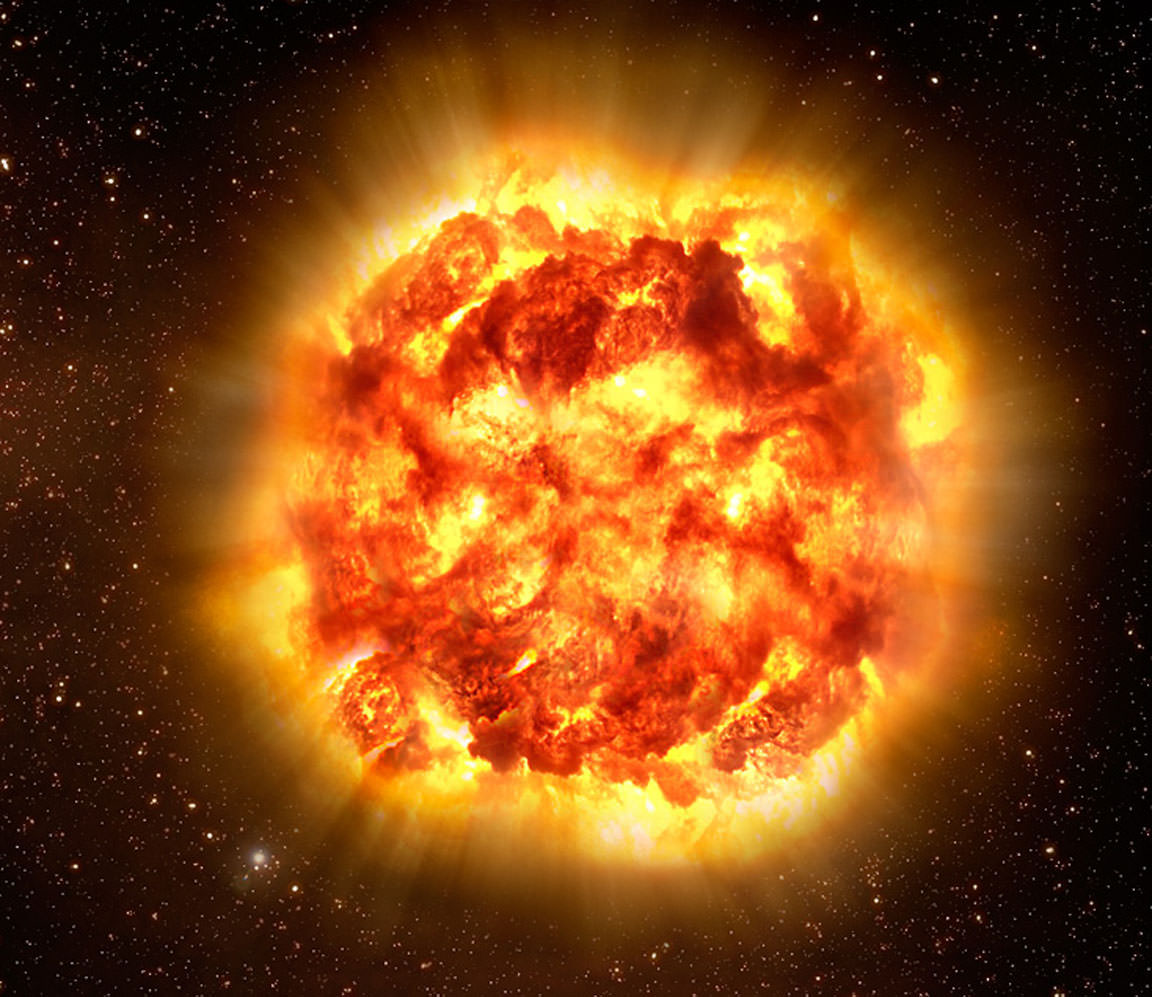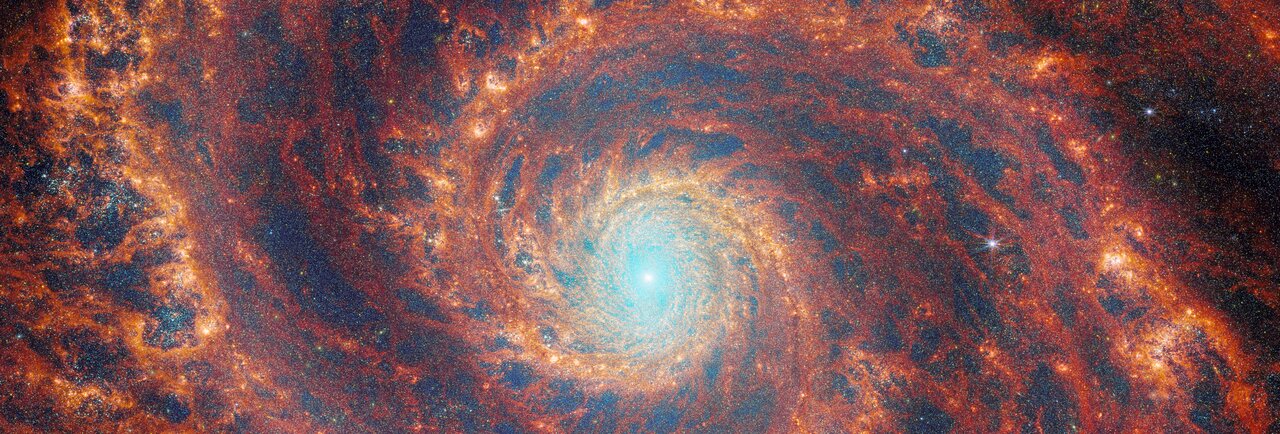Earth’s protective atmosphere has sheltered life for billions of years, creating a haven where evolution produced complex lifeforms like us. The ozone layer plays a critical role in shielding the biosphere from deadly UV radiation. It blocks 99% of the Sun’s powerful UV output. Earth’s magnetosphere also shelters us.
But the Sun is relatively tame. How effective are the ozone and the magnetosphere at protecting us from powerful supernova explosions?
Continue reading “Earth’s Atmosphere is Our Best Defence Against Nearby Supernovae”









